 |
| To be able to completely remove the credit room, banks must improve their capital buffers and risk management capabilities. Photo: D.T |
Credit room is still a necessary tool to control risk.
Recently, in an exchange with investors, Mr. Luu Trung Thai, Chairman of the Board of Directors of the Military Commercial Joint Stock Bank (MB), said that in this "imperfect" period, credit control by credit limit (credit room) is an objective requirement and is difficult to loosen in the short term.
“Freeing room is a good vision, but it requires some conditions to be applicable,” Mr. Luu Trung Thai emphasized.
Analysts also commented that in the context of not having an effective tool to direct credit flow, removing the credit room will further increase the risk of capital flow being out of phase, flowing strongly into speculative channels.
Statistics from the State Bank of Vietnam show that by the end of July 2025, credit increased by nearly 10% compared to the end of 2024. However, data from the financial reports of the second quarter of 2025 of a series of banks showed that real estate business loans of many banks increased by 20-30%, or double or triple the overall credit growth rate of the entire system. Notably, real estate credit mainly flows into the high-end housing segment, while the social housing loan package is disbursed very slowly.
Meanwhile, deposit interest rates also show signs of increasing at many banks, especially private joint stock commercial banks.
The leader of a state-owned commercial bank said: “Since the beginning of the year, we have reduced new loan interest rates by 0.4 - 0.5% and are trying to stabilize and even reduce loan interest rates further in the last months of the year. However, this can only be done if credit is controlled and small banks do not compete in interest rates.”
- Dr. Nguyen Quoc Hung, General Secretary of Vietnam Banks Association
 Banks have reached a consensus on implementing the policy of the Government and the State Bank on stabilizing deposit and lending interest rates, not because one credit institution has liquidity difficulties, pushing up interest rates, causing other credit institutions to follow suit, disrupting interest rate stability. Of course, in addition to the consensus of credit institutions, the State Bank must also provide timely support to credit institutions when they encounter liquidity difficulties.
Banks have reached a consensus on implementing the policy of the Government and the State Bank on stabilizing deposit and lending interest rates, not because one credit institution has liquidity difficulties, pushing up interest rates, causing other credit institutions to follow suit, disrupting interest rate stability. Of course, in addition to the consensus of credit institutions, the State Bank must also provide timely support to credit institutions when they encounter liquidity difficulties. 
According to Dr. Nguyen Quoc Hung, General Secretary of the Vietnam Banking Association, removing the credit room is the right direction, but it requires a strong enough foundation to ensure long-term safety, as well as a careful and controlled roadmap, to ensure both system stability and meeting the capital needs of the economy and supporting sustainable growth.
On the other hand, operators need to anticipate that removing room will lead to capital flowing into risky areas, the "backyards" of credit institutions, in order to have solutions to prevent and limit it.
In fact, currently, the capital adequacy ratio of domestic banks is still low compared to the region. If the market fluctuates, this index can drop rapidly. Not to mention, the ability of domestic banks to assess risks is limited. In this context, eliminating credit room is not feasible in the short term.
Not giving up room yet, but need to adjust more flexibly
Mr. Nguyen Quang Thuan, Chairman of FiinGroup, said that the fatal weakness of Vietnamese banks today is that the capital safety ratio is too thin, while credit demand is high. In addition, the capital market is still skewed, credit is "carrying" the main capital for the economy, while the corporate bond and stock channels are still facing many difficulties. At this time, if the credit room is removed, there will be many potential risks.
To completely eliminate credit room, according to experts, banks must improve their capital buffers and risk management capabilities. In addition, regulators must have effective tools to direct cash flows and must be independent in managing interest rates.
“The elimination of the credit room can only be implemented when the interest rate management mechanism is strengthened to ensure the proactiveness and flexibility of monetary policy. Lessons from previous crisis periods show that, without effective control tools, the elimination of the credit room can lead to an interest rate race among weak banks to attract capital at all costs, creating macroeconomic instability,” Mr. Nguyen Quang Thuan warned.
Currently, the credit room is still a necessary tool to control the total amount of credit pumped into the economy as well as to direct cash flow. However, the operation of the credit room needs to be more flexible.
Earlier this week, the Government issued Resolution No. 226/NQ-CP on growth targets for sectors, fields, and localities and key tasks and solutions to ensure the country's growth in 2025 reaches 8.3 - 8.5%. The Resolution assigned the State Bank of Vietnam to proactively adjust the credit growth target for 2025 publicly, transparently, in line with inflation being controlled according to the target, promoting growth to reach 8.3 - 8.5% and meeting the capital needs of the economy; directing credit institutions to reduce loan interest rates, directing credit to production, business sectors, and priority areas...
At the meeting of the Steering Committee for restructuring credit institutions and handling bad debts held in early August 2025, Deputy Prime Minister Ho Duc Phoc also affirmed that the credit growth limit is still a necessary management tool in the short term. The Deputy Prime Minister requested the State Bank to flexibly adjust the credit room, increase the credit room for healthy banks to support production and business.
The biggest concern when the credit room is loosened, or even removed, is the race for interest rates, which will lead to many consequences. Over the past month, interest rates for some terms of many banks have shown signs of increasing. Commercial banks admit that when the credit room is removed, the situation of hot credit growth and race for deposit interest rates is very likely to occur.
Therefore, along with the roadmap to remove credit room, banks must build tools to manage annual credit growth plans to avoid overheating growth.
Source: https://baodautu.vn/chua-the-tha-phanh-tin-dung-trong-ngan-han-d352633.html




![[Photo] Prime Minister Pham Minh Chinh chairs the conference to review the 2024-2025 school year and deploy tasks for the 2025-2026 school year.](https://vstatic.vietnam.vn/vietnam/resource/IMAGE/2025/8/22/2ca5ed79ce6a46a1ac7706a42cefafae)

![[Photo] President Luong Cuong attends special political-artistic television show "Golden Opportunity"](https://vstatic.vietnam.vn/vietnam/resource/IMAGE/2025/8/22/44ca13c28fa7476796f9aa3618ff74c4)

![[Photo] President Luong Cuong receives delegation of the Youth Committee of the Liberal Democratic Party of Japan](https://vstatic.vietnam.vn/vietnam/resource/IMAGE/2025/8/22/2632d7f5cf4f4a8e90ce5f5e1989194a)
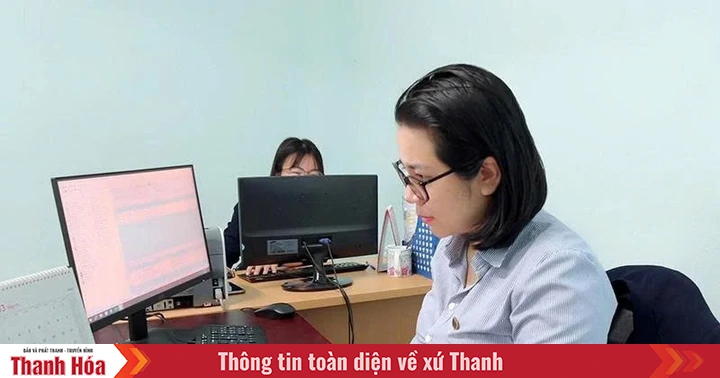



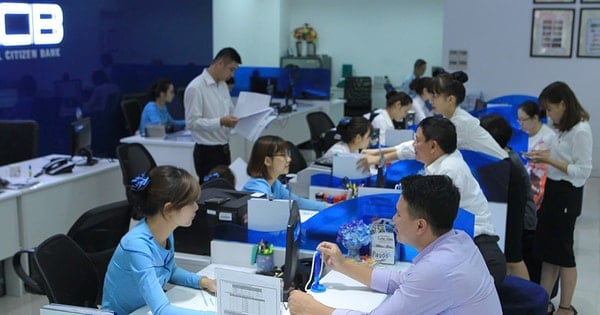

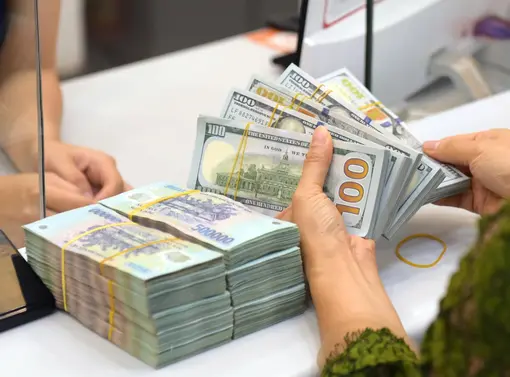




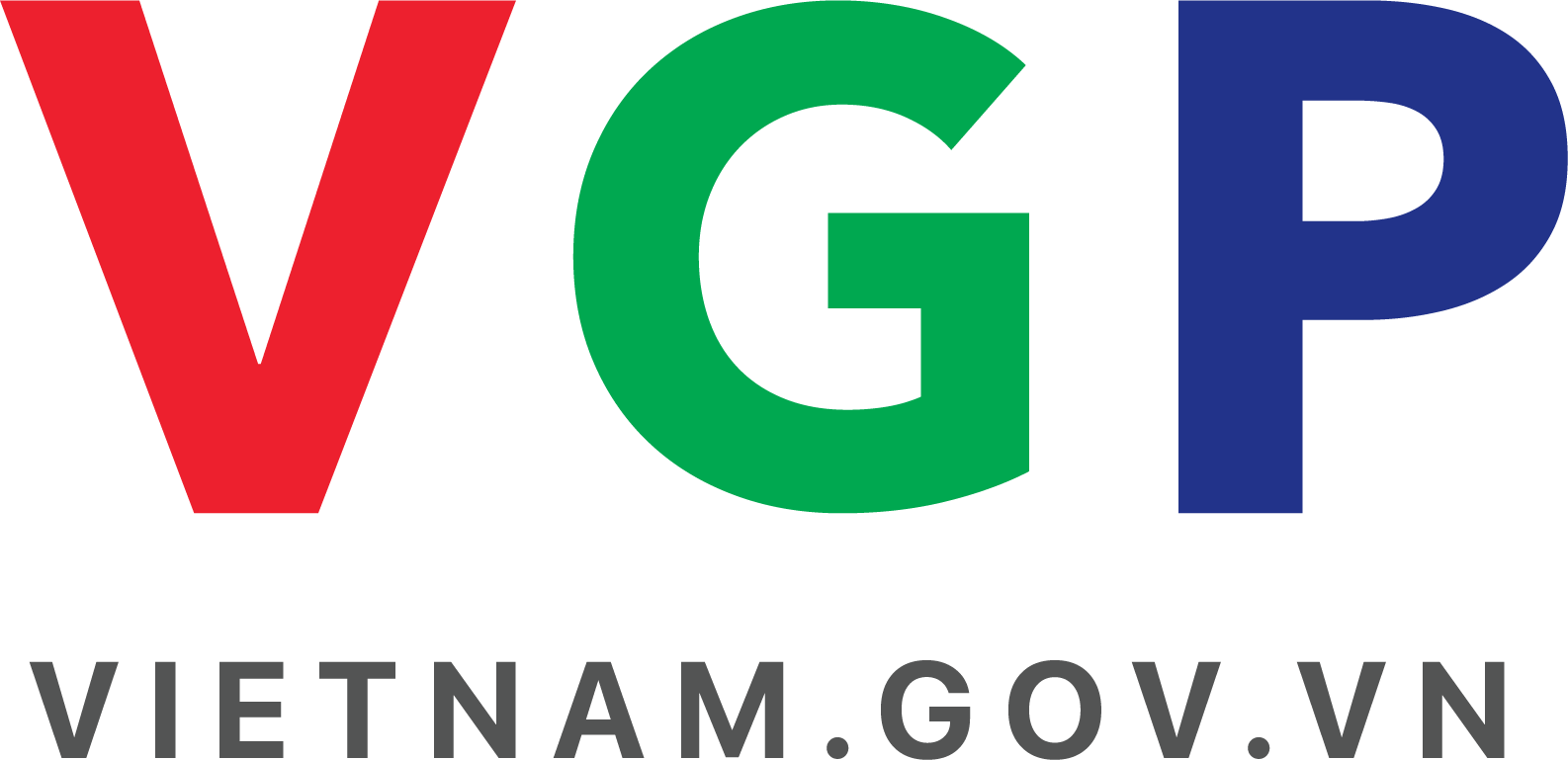




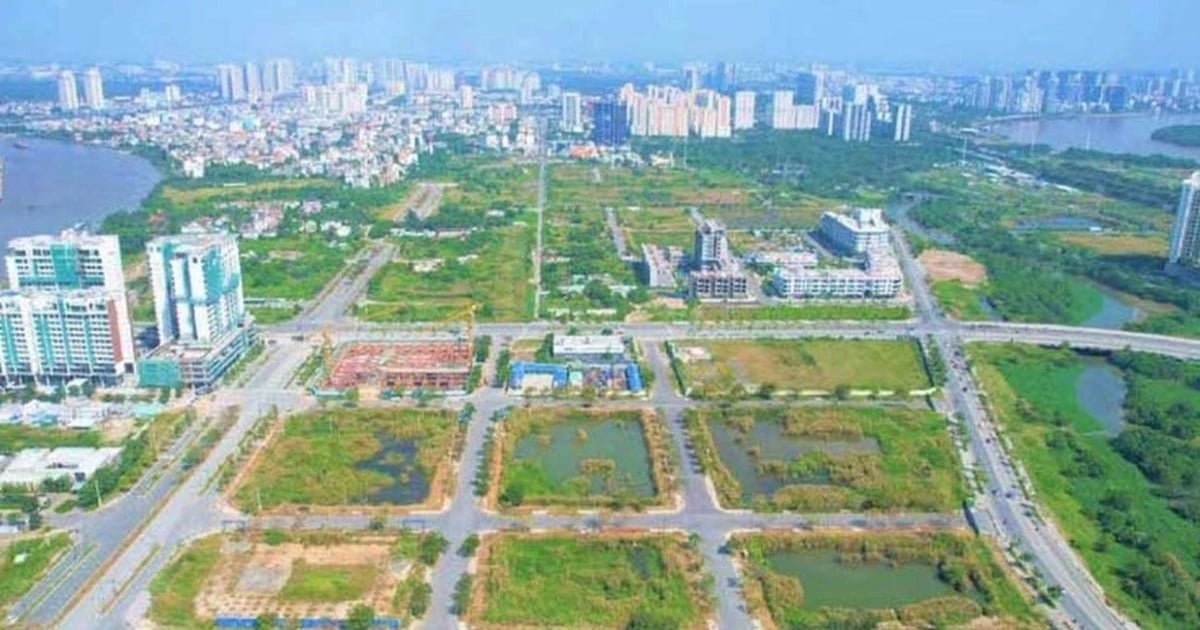


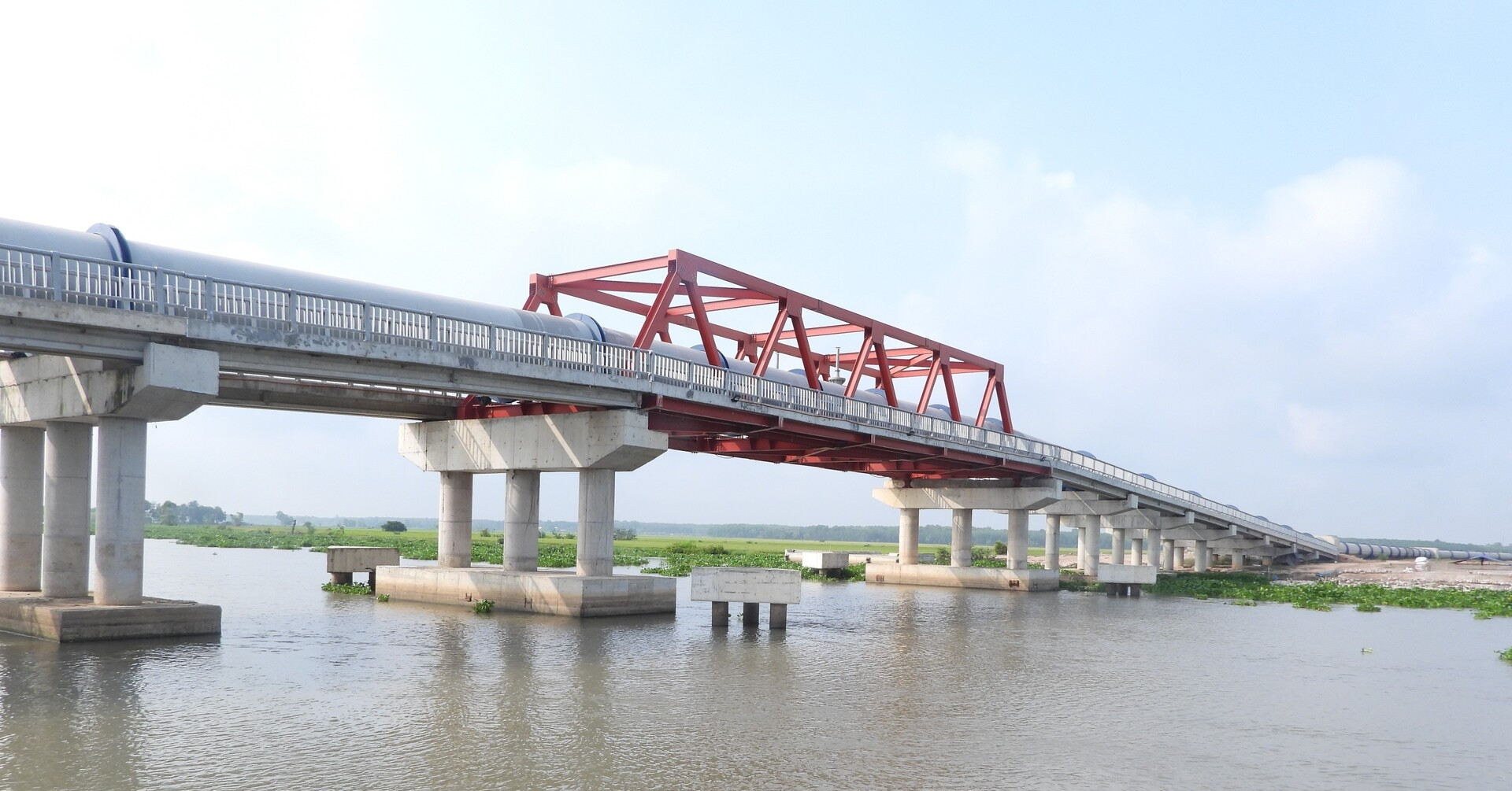














































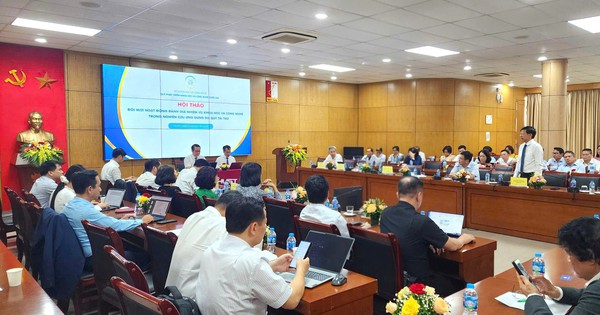







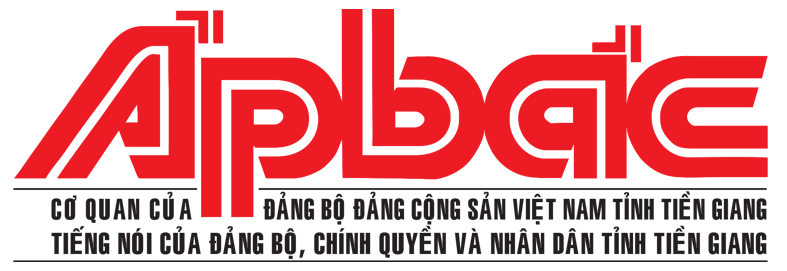





















Comment (0)